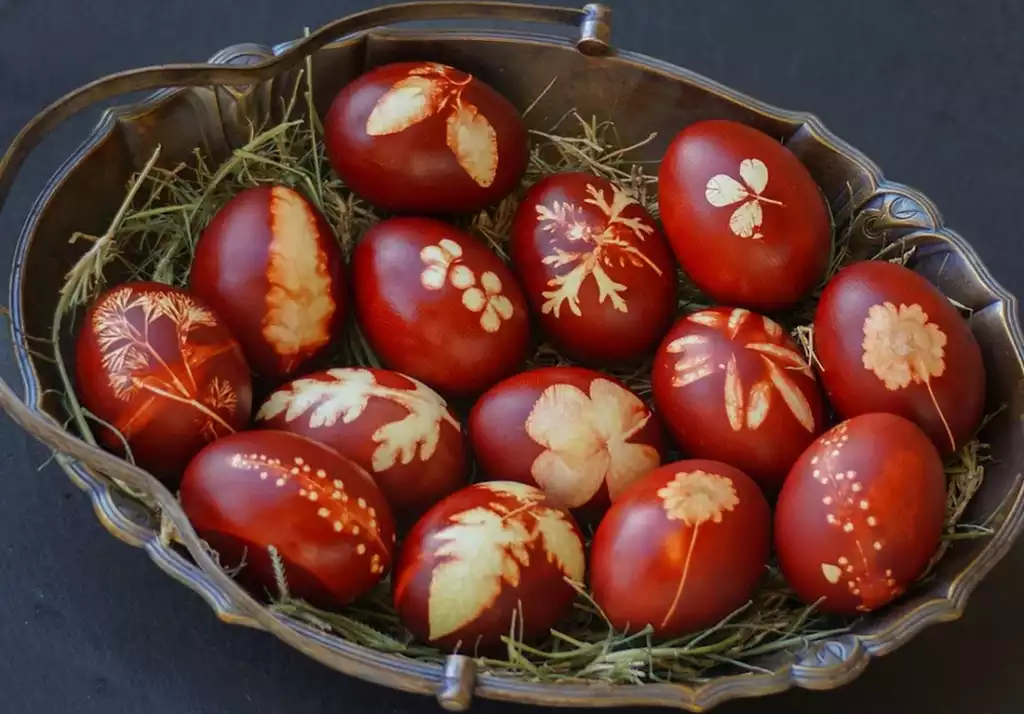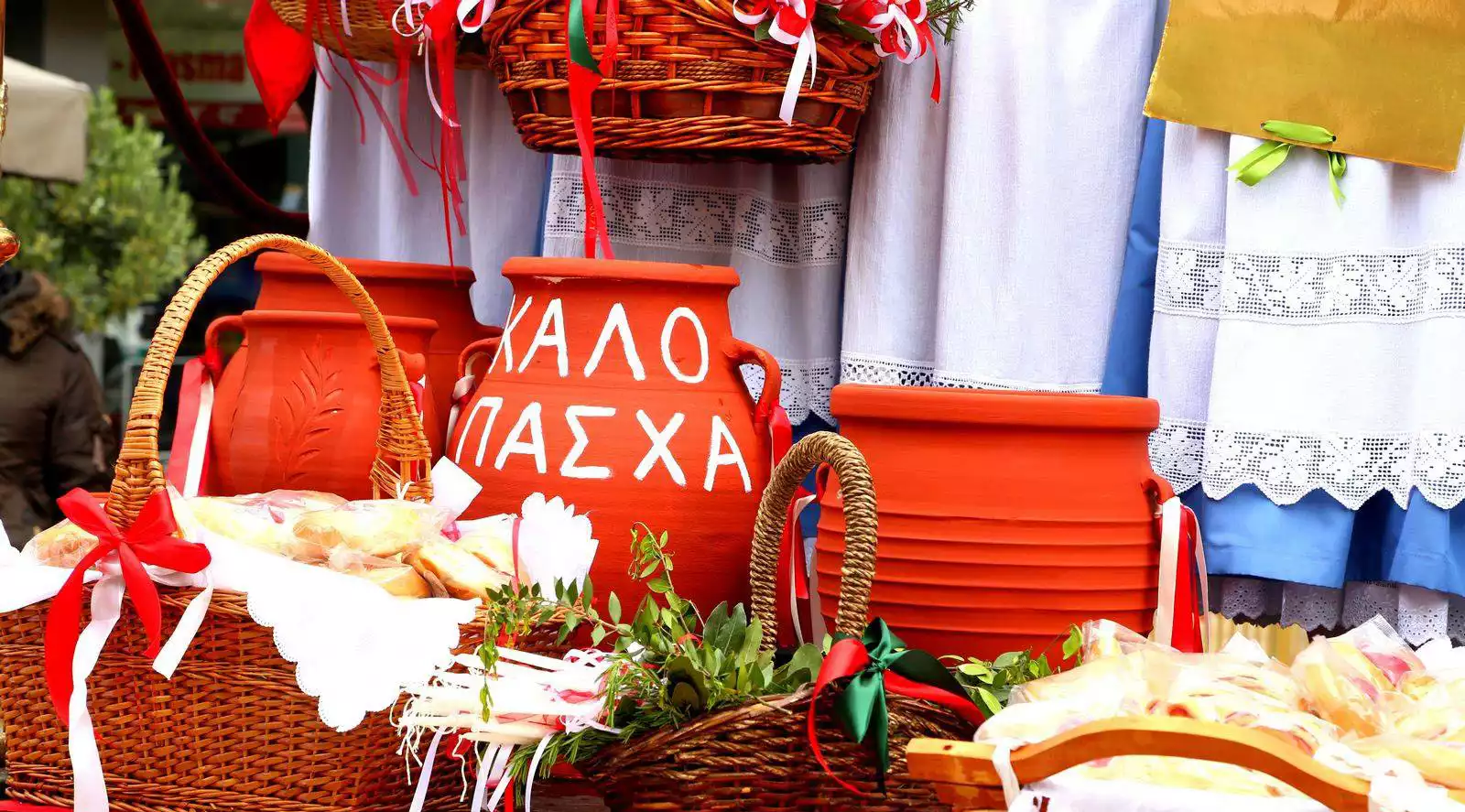
Orthodox Easter celebrations in Greece showcase a rich blend of solemn religious rituals and joyful cultural traditions. From the quiet Good Friday processions to the exuberant fireworks displays on Saturday midnight, the diversity of festivities reflects regional identities stretching across the mainland and islands. Families gather to roast lamb on coal pits and spin swings hung from village trees, while choruses compete to serenade the coming of Christ. As the fasting Lenten week culminates in feasting and merriment, these time-honored Orthodox Easter traditions connect the Greek people with their storied past.
Processions and Litanies according to the Orthodox Easter
The sobering rituals of the Orthodox Easter liturgy set the tone for Greece’s Holy Week commemorations. Orthodox easter ushers in a period of solemnity, as church bells fall silent and even nature seems hushed by the symbolic darkness enveloping Christendom. Quiet processions wind through villages as chanters recite mournful prayers, the faithful bearing candles behind flower-strewn biers carrying carved effigies of the dead Christ. Incensed and chanting priests lead these sparse Good Friday congregations into the gray spring chill before dawn.
The Epitafio processions on Friday night bring entire communities together – here the living mourn the savior with their lost dead in their very midst. Islanders carry the bier down to the harbor, placing the symbolic corpse in boats among lit lanterns floating upon the solemn sea, while mountaineers bear their candlelit burdens high up the slopes. The ersatz tomb travels a symbolic journey from Golgotha to Gethsemane, even as swirling thuribles trail smoke and myrrh high overhead.

At the stroke of midnight, the mournful spell breaks with loud cracks and booms. Greeks rarely mark joy with silence; from the very first “Christos Anesti!” exultant bells and fireworks resound. The bells have returned, just as the Resurrection Icon emerges from concealment, borne from the church into the tumult. Swinging censers scatter their smoking blessings upon the chanting faithful, as people cheer and bands strike up dancing tunes until dawn. From crying virgins to joyous pandemonium in moments – such quick transformations typify Greek Orthodox Easter.

Food, Dance, and Songs of the Orthodox Easter
If solemn processions define the Holy Week lead-up to Orthodox Easter in Greece, then feasting and revelry exemplify the holiday itself. A fast undertaken since Carnival comes to a close on Easter Sunday, where meat returns with gusto to the table. Whole lambs or goats roast on coal pits or turn on spits, the rich aromas perfuming hillside and harbor alike. Greeks gather with family and neighbors to savor these treats along with special breads, cheeses, salads, and plenty of wine.
The feasting fuels a joyous atmosphere, as folk dance groups decked in regional costumes perform time-honored routines to live music in village squares and city courtyards. Locals proudly showcase their heritage through dress, song, and dance – whether showcasing the graceful unity of Kalamatianos circle dances or the virile theatricality of kleftiko bandit warriors leaping across Pyrrhichios dance lines brandishing swords and pistols. Traditional instruments like lyres, lutes, and tabour pipes accompany voices raised in harmony – at times somber, at times lively choruses that recount age-old themes of loss and triumph.
Throughout it all, children scamper about with home-rigged fireworks and noisemakers, taking mischievous delight in explosions echoing the cracks of whips that youths traditionally lash about to symbolize Christ flogging sin out of the world. Carefree joy mingles with smoky haze and snippets of folk wisdom in good-natured mockery of both friend and foe alike – all equal before the Risen Lord. Such gleeful celebrations often continue well into the coming week, perhaps lasting all the way to the following Sunday of St. Thomas!

Regional Variations – Island and Village Customs
The tapestry of Orthodox Easter celebrations across Greece features countless colorful threads of regional diversity. Ancient customs thrive as localized additions to the formal liturgies, showcasing community pride through efforts to make traditions distinctively their own. Variations abound between the mainland rural Peloponnese, the villages of Macedonia and Thrace, sophisticated Aegean islands, the storied towns of Thessaly or Epirus – not to mention the Grecian enclaves of Constantinople itself!
Some mark Easter with rowboat processions bearing the Epitafio bier into the harbor, others through Effigy Judas bonfires with firecrackers inside. Certain island villages spend days preparing elaborate home-sewn floral displays upon their biers, while mountaineers bear their ancestors’ relics down from chapels to “share” the holiday feast. The week following Easter often brings kindred revels too – from the Rouketopolemos rocket wars between rival parishes on Chios to the masked Procession of Lazarus virgins in old Macedonia.
Spirited church chorus competitions herald spring’s arrival alongside more worldly amusements. The feasting lamb roasting on coal pits is as ubiquitous as dyed red Easter eggs and tsoureki sweet bread. Yet there exists endless local spins on the menu – whether boubouniera salt pork roasts in the cookpits of Corfu or the seafood Yialovitsa stew feasts of the Dodecanese islands. From the stone-built villages of Fthiotis to the urban grandeur of Thessaloniki’s White Tower square, the patchwork of Easter customs in Greece transcends faith or heritage to exemplify a unifying cultural mosaic rich in charm and tradition.
The pageantry of somber Holy Week processions kindles Easter joy across Greece each springtime, showcasing both spiritual continuity and cultural variety rooted in antiquity. Whether city or village, mainland or remote isle, age-old Orthodox Easter traditions reflect regional diversity amid national Greek identity. Sustaining these timely rituals conveys a message transcending creed or heritage – hope lives on so long as custodians safeguard traditions linking ancestral pasts to the promise of rebirth. Greece’s customs remain as timeless as the story they retell, renewed in spirit each Easter midnight.
References
Farantou, Eleni. Ηθη, Έθιμα & Παραδόσεις Ιστιαίας Ευβοίας. Τμήμα Επιστημών Φυσικής Αγωγής και Αθλητισμού, Πανεπιστήμιο Θεσσαλίας, 2018. Διπλωματική Εργασία. Επιβλέποντες Γιάννης Γιάκας και Γιάννης Δήμας.
Hionidou, Violetta. Beyond the Aegean: Elites in Orthodox Greco-Ottoman Society, 1453-1821. Brill, 2021.
Kenanidou, Maria. Let’s Revive the Past! Folk Dances and Costumes from Thrace: Cultural Interrelations with Other Areas. 2017.
Leotsakou, Margarita. Religion and National Identity in Greek Education. Waxmann Verlag, 2014.
